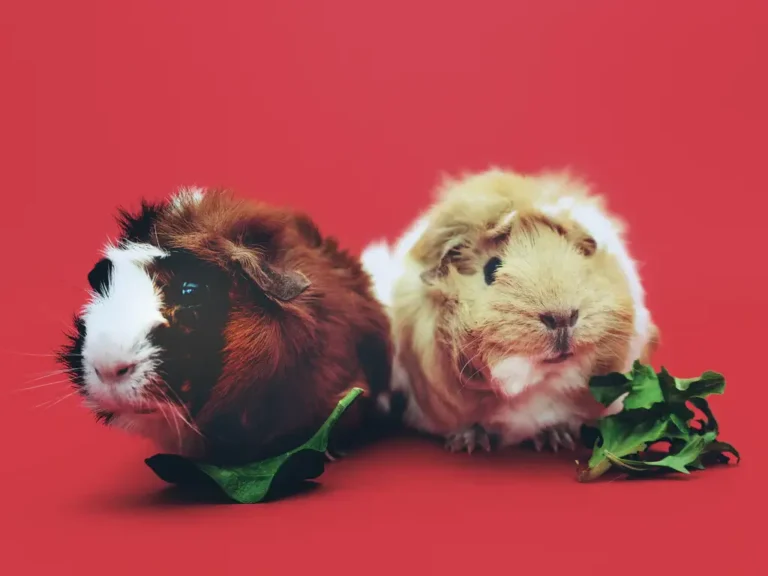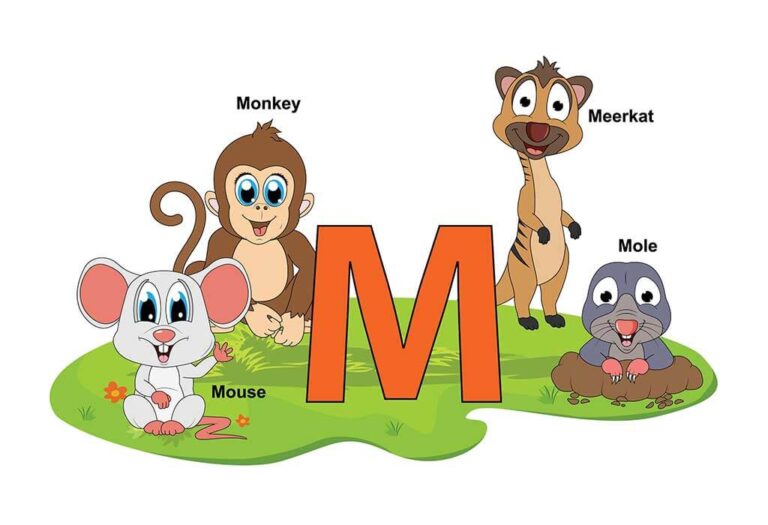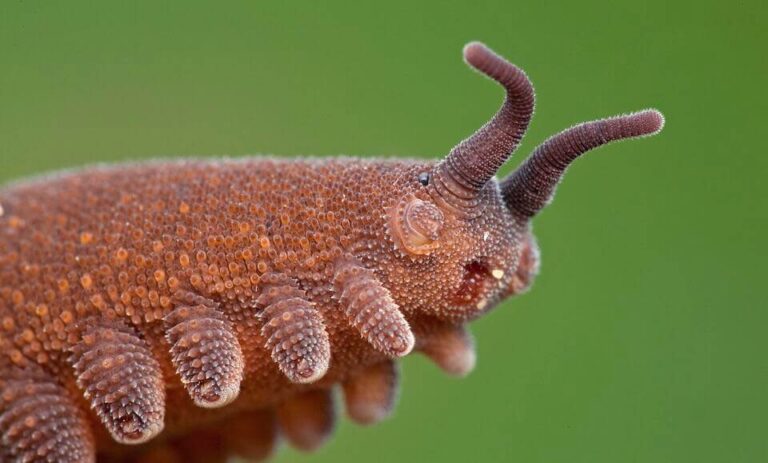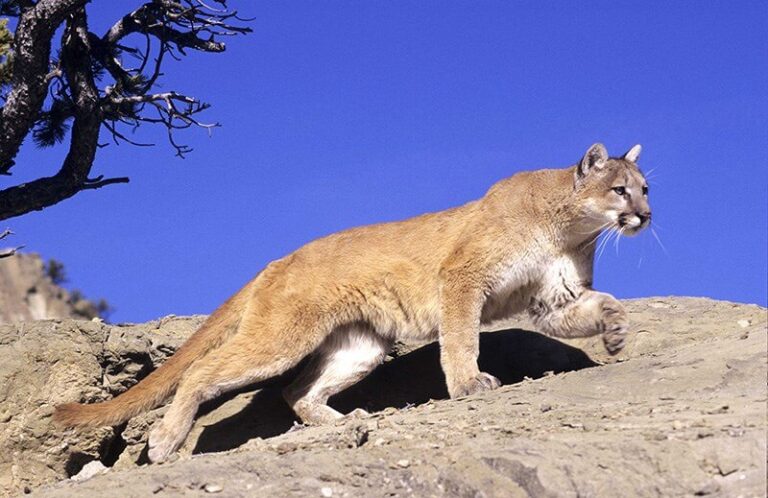Moose: An In-Depth Guide to the Largest Member of the Deer Family
The moose, known scientifically as Alces alces, is the largest extant species in the deer family, Cervidae. It is native to the northern regions of North America, Europe, and Asia. Here is the complete scientific classification:
Contents
Scientific Classification
- Kingdom: Animalia
- Phylum: Chordata
- Class: Mammalia
- Order: Artiodactyla
- Family: Cervidae
- Subfamily: Capreolinae
- Genus: Alces
- Species: A. laces
Physical Characteristics

Moose are easily recognizable by their massive size, long legs, and distinctively broad, flat antlers (in males). Here are some of the standout physical traits:
- Size: Adult males, or bulls, can weigh up to 1,500 pounds (680 kg) and stand about 6-7 feet (1.8-2.1 meters) at the shoulder. Females (cows) are generally smaller, weighing up to 1,000 pounds (450 kg).
- Antlers: Bull moose are famous for their antlers, which can span over 6 feet (1.8 meters) in width and weigh up to 40 pounds (18 kg). These antlers are shed annually after the mating season.
- Body: Moose have long, muscular legs built for wading through snow and water. They have a humped back due to their elevated shoulder height.
- Fur: Their thick, dark brown coat helps insulate them in cold climates. The fur is made up of hollow hairs, which provide excellent thermal insulation.
Habitat
Moose inhabit boreal and mixed deciduous forests in the Northern Hemisphere, particularly in regions with cold climates. They thrive in areas with ample water sources, such as lakes, rivers, and marshes, as they spend much time feeding on aquatic vegetation.
- North America: Canada, Alaska, and parts of the northern United States, such as Maine, Minnesota, and Wyoming, have significant moose populations.
- Eurasia: Scandinavia, Russia, and Eastern Europe also host large moose populations.
Behavior

Moose are generally solitary animals, except during the mating season or when a cow is with her calf. They are known for their incredible strength and resilience but are also somewhat shy and tend to avoid human interaction.
- Activity: Moose are crepuscular and are most active during dawn and dusk.
- Swimming: Moose are excellent swimmers, often crossing lakes and rivers for food. They can swim several miles and dive up to 20 feet to reach aquatic plants.
- Aggression: While usually calm, moose can be highly aggressive during mating season (the rut) or when defending their young. Bulls, in particular, may charge if they feel threatened.
Diet
Moose are herbivores and rely on a diverse plant-based diet, which changes depending on the season.
- Summer: In warmer months, moose feed on vegetation, including willow, birch, aspen shoots, and aquatic plants such as water lilies and pondweed. Aquatic plants provide them with essential sodium.
- Winter: In colder months, moose switch to a diet of bark, twigs, and shrubs, particularly from coniferous trees like pine and fir. An adult moose can consume up to 60 pounds of food per day during the summer to build fat reserves for winter.
Reproduction
The breeding season, or rut, occurs in the fall, typically between September and October. During this time, males become more aggressive and engage in sparring matches with other bulls to compete for mates.
- Gestation: Female moose have a gestation period of about 8 months, usually giving birth to one or two calves in the spring.
- Calves: Moose calves are born with reddish-brown fur and can stand within minutes of birth. They stay with their mothers for about a year; then, they are driven away as the cow prepares for the next breeding season.
Predators and Threats
Due to their large size, adult moose have few natural predators. However, calves and weakened adults may fall prey to several large carnivores.
- Primary Predators: Wolves, bears (both black and grizzly), and cougars are the most common predators of moose, particularly in North America.
- Human Threats: Human activities such as hunting, vehicle collisions, and habitat destruction also pose significant threats to moose populations.
Conservation Status
Moose populations are generally stable but face threats from climate change, habitat loss, and disease. In some regions, populations are declining due to increased tick infestations, exacerbated by warmer winters. According to the IUCN Red List, moose are currently classified as a species of “Least Concern,” but localized declines warrant attention for their conservation.
Interesting Facts About Moose
- Vision: Moose have poor eyesight, but their sense of smell and hearing are incredibly well-developed.
- Longevity: Moose typically live for 15-20 years in the wild.
- Shed Antlers: Bull moose shed their antlers every winter and regrow them in the spring, often producing more giant antlers yearly.
- Silent Walkers: Despite their size, moose are surprisingly quiet and stealthy in the forest, thanks to their soft, broad hooves that distribute their weight evenly.
Evolutionary History
The moose belongs to the family Cervidae, which diverged from other mammals millions of years ago. Fossil evidence suggests that moose-like ancestors evolved in Eurasia and crossed into North America during the Pleistocene Epoch via the Bering Land Bridge. Modern moose are most closely related to other species of deer, such as the elk and reindeer, but their large size and solitary nature set them apart.
Moose and Humans
The relationship between moose and humans has evolved. In some cultures, moose have been revered as symbols of strength and endurance. Indigenous peoples of North America have long relied on moose for food, clothing, and tools. Today, moose are a popular subject for wildlife tourism, particularly in Canada and Scandinavia.
- Hunting: Moose hunting is regulated in many areas and provides significant economic benefits to local communities. In regions like Alaska and parts of Canada, moose are hunted for their meat, which is highly valued.
- Road Collisions: Moose-vehicle collisions are severe, especially in areas with high moose populations. Because of their size, these collisions can be fatal for both the moose and the driver.
- Cultural Significance: Besides their practical uses, moose hold cultural importance. They are featured in numerous folklore stories and are often used as symbols of wilderness and resilience.
Conclusion
The moose is a fascinating animal with a rich evolutionary history, impressive physical characteristics, and a complex relationship with its environment and humans. From their towering antlers to their solitary behavior, moose are one of the most iconic mammals of the Northern Hemisphere. Despite facing habitat loss and climate change challenges, conservation efforts are essential to ensure that future generations continue to coexist with these majestic animals.
- Golden Retriever Pros and Cons: What Every Pet Parent Should Know - 15 September 2025
- Cane Corso Dog Breed: Health, Care, and Lifespan - 14 September 2025
- Catahoula Leopard Dogs: Description, Temperament, Lifespan, & Facts - 21 July 2025







